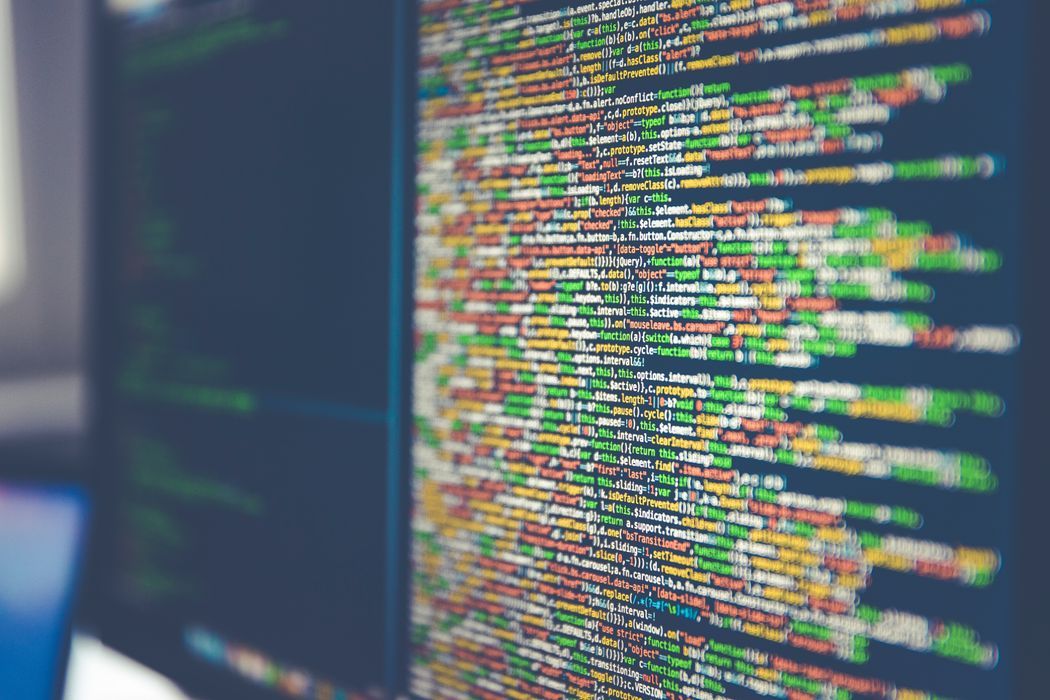VConsyst joins BlockWASTE project at Saxion University of Applied Sciences
Last September, Saxion University of Applied Sciences reported that it is receiving funding for research into the use of Blockchain in waste management. For this purpose, Saxion set up the BlockWASTE project, which investigates the applicability of Blockchain in the waste management sector. The big question is, “How do you deploy Blockchain technology as a smart solution in managing and controlling data on waste processing in cities?” VConsyst is also very curious about this and has joined this international research project as a collaborative partner.
What is Blockchain?
Originally Blockchain was developed to support an electronic payment system, a well-known example of the use of blockchain is Bitcoin, for example. But actually Blockchain is more than that. It is a way of storing and sharing data in a decentralized way that prevents unilateral modification of its content. Its authenticity and content is fixed unlike a central database that can be modified by a single person.
Everything here revolves around watertight data exchange. This data is cryptographically protected and divided into blocks (=block) of transactions with a mathematical relationship between them. They form a proverbial chain (=chain) of decentralized blocks whose contents cannot be changed afterwards. This allows data to be managed and exchanged in a secure manner. And this enables all participants to trust the information collected within the blockchain.
Blockchain for a more sustainable world
The ultimate goal of this project is to use Blockchain, map waste streams and through this insight be able to slow down waste production. If society continues as it is today, annual waste production within the European Union will increase by about 70% by 2050. The BlockWASTE project is mapping information about waste that is produced. This involves gaining insight into both the form and volume of the waste.
VConsyst CTO Mark Lanphen: “You could use Blockchain to track waste streams. If you know these, you can respond with the placement of (extra) containers, route optimization and better deployment of the fleet. In addition, you gain insight into volumes and can thus enter into targeted discussions with producers and users to reduce the amount of waste. It can give us and the market many insights that we can use to improve and make our products and services smarter. And that fits very well with where VConsyst wants to go as a leading and socially conscious service provider.”
